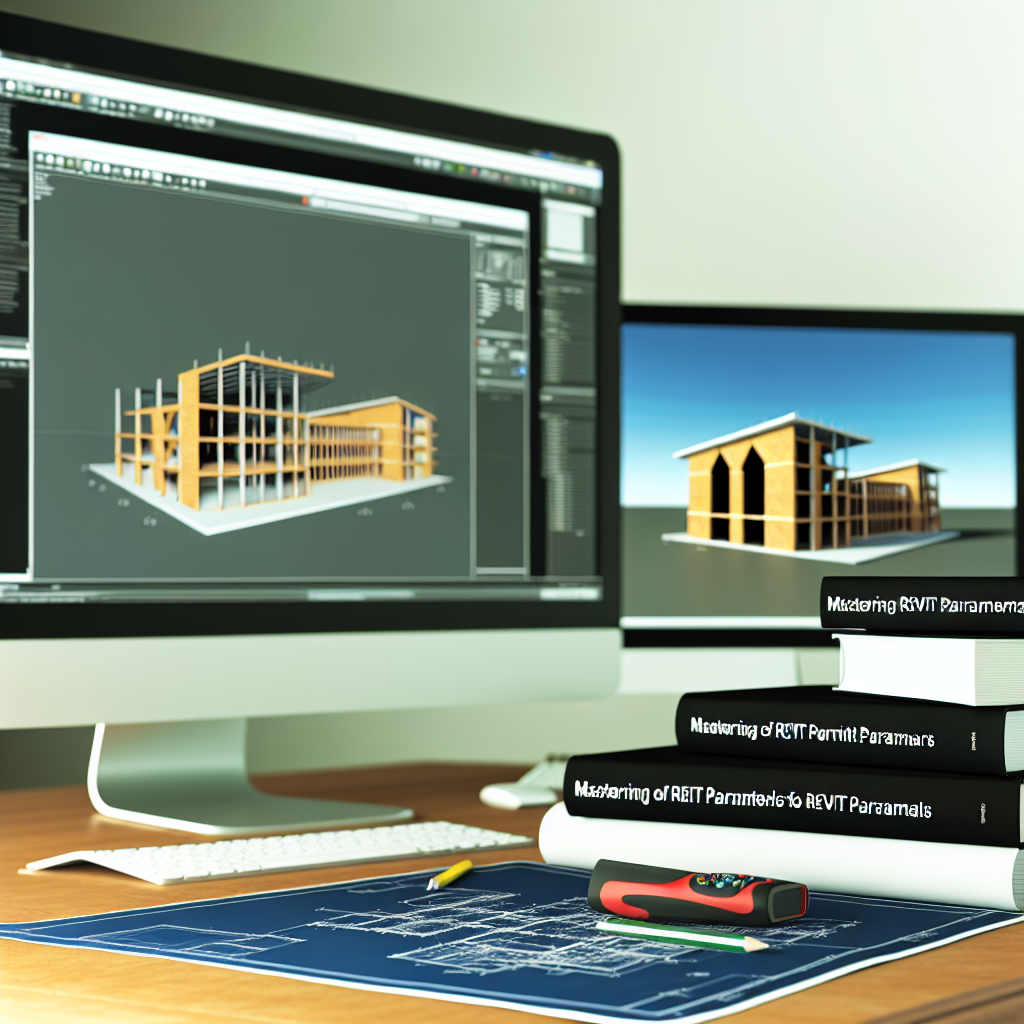Parameters in Revit are essential tools that enable architects and designers to create flexible, dynamic, and easily modifiable models. Understanding how to effectively use and manage parameters can significantly enhance your Revit projects’ accuracy and efficiency. In this tutorial, we will explore the core concepts of Revit parameters, their types, and best practices for implementation.
Understanding Types of Parameters in Revit
In Revit, parameters are classified into three main types: Project Parameters, Family Parameters, and Shared Parameters. Each serves a specific purpose and is used in different contexts to enhance project management and data consistency.
- Project Parameters: These are specific to the current project and are used to schedule or filter elements within that project. They are often created to add custom data fields to categories that are not inherently parameterized.
- Family Parameters: Embedded within family files, these parameters control the family’s geometry or information and are vital for creating flexible components used across multiple projects.
- Shared Parameters: Designed to be used across multiple projects and families, shared parameters are stored in external files. They are ideal for maintaining consistency across various projects, especially when working with collaborative teams.
Creating and Managing Parameters Effectively
To maximize the benefits of parameters in Revit, it’s crucial to understand how to create, assign, and manage them efficiently. Proper parameter setup can streamline workflows and improve data consistency.
- Defining Clear Parameter Names and Types: Use descriptive names and choose appropriate data types (e.g., text, number, yes/no) to facilitate easy understanding and accurate data entry.
- Using Shared Parameters for Uniformity: When working on multiple projects or with teams, shared parameters ensure consistency and simplify data management across files.
- Leveraging Parameters for Schedules and Tags: Parameters are vital for creating detailed schedules and tags that automatically reflect element data, reducing manual updates and errors.
By thoughtfully deploying parameters—whether through project, family, or shared types—Revit users can enhance control over their models, improve collaboration, and produce more reliable project data. Developing a systematic approach to parameter management is key to mastering Revit’s powerful capabilities.
In conclusion, understanding the various types of parameters in Revit and how to manage them effectively is fundamental to creating accurate, flexible, and well-organized building models. Proper parameter setup contributes to streamlined workflows and consistent data across projects. Embracing these practices ultimately leads to more efficient design processes and better project outcomes.
